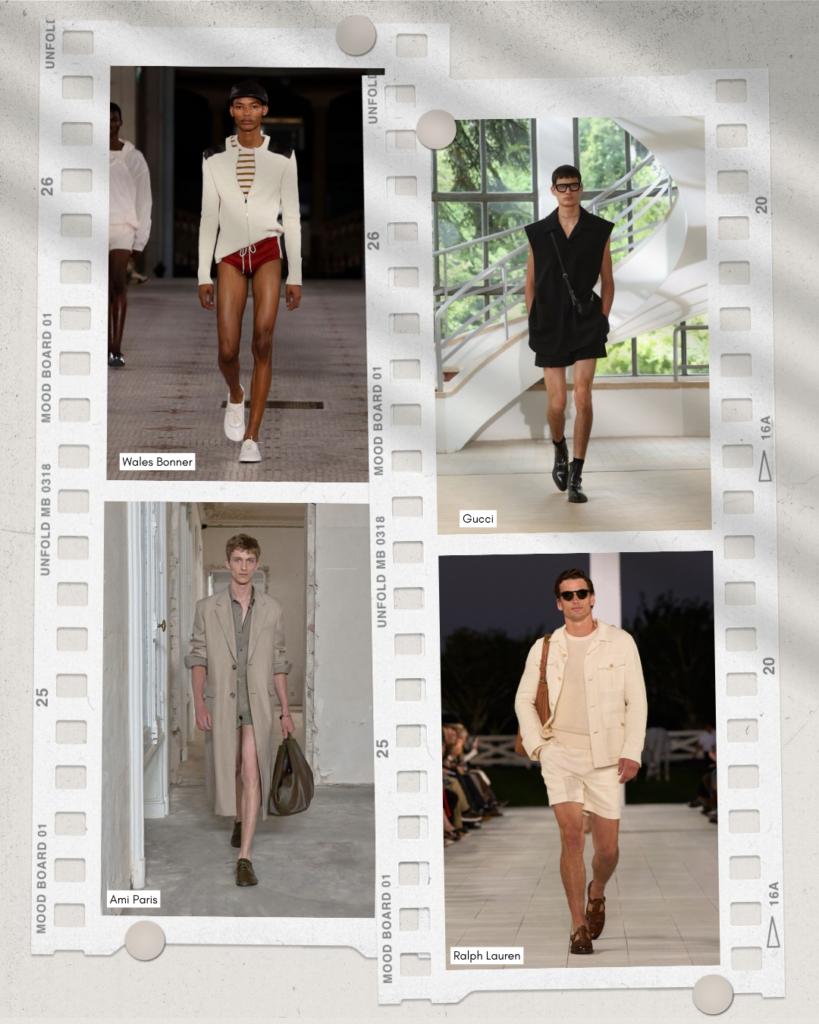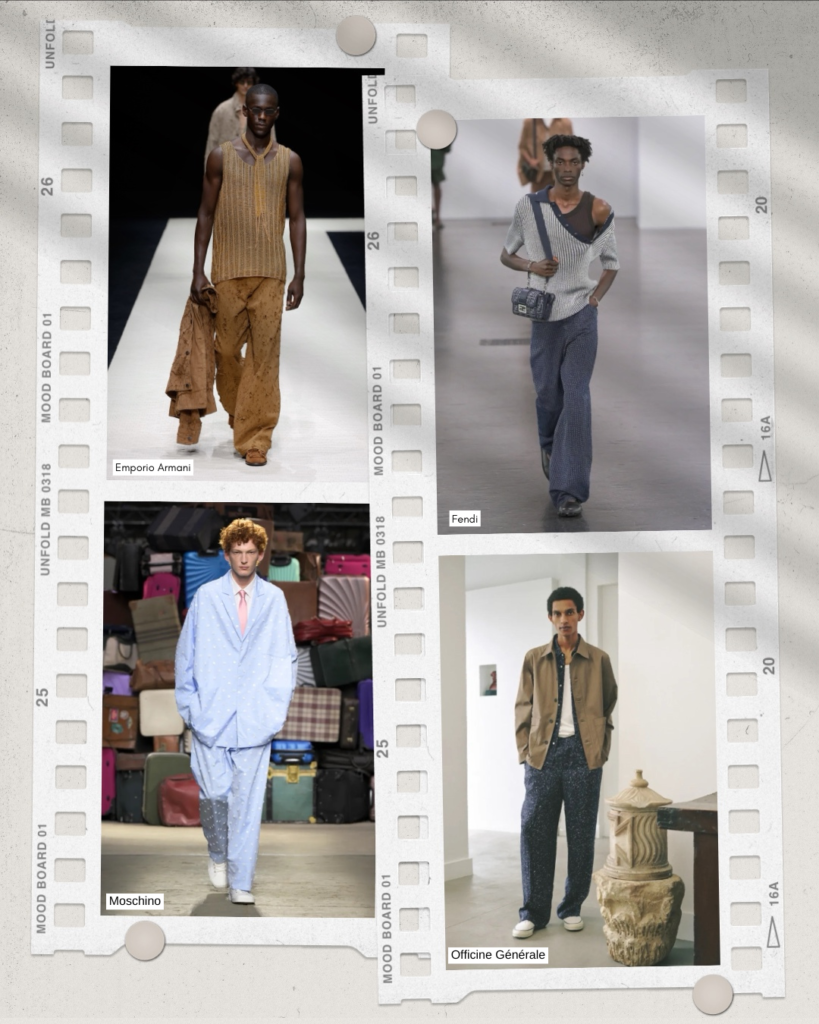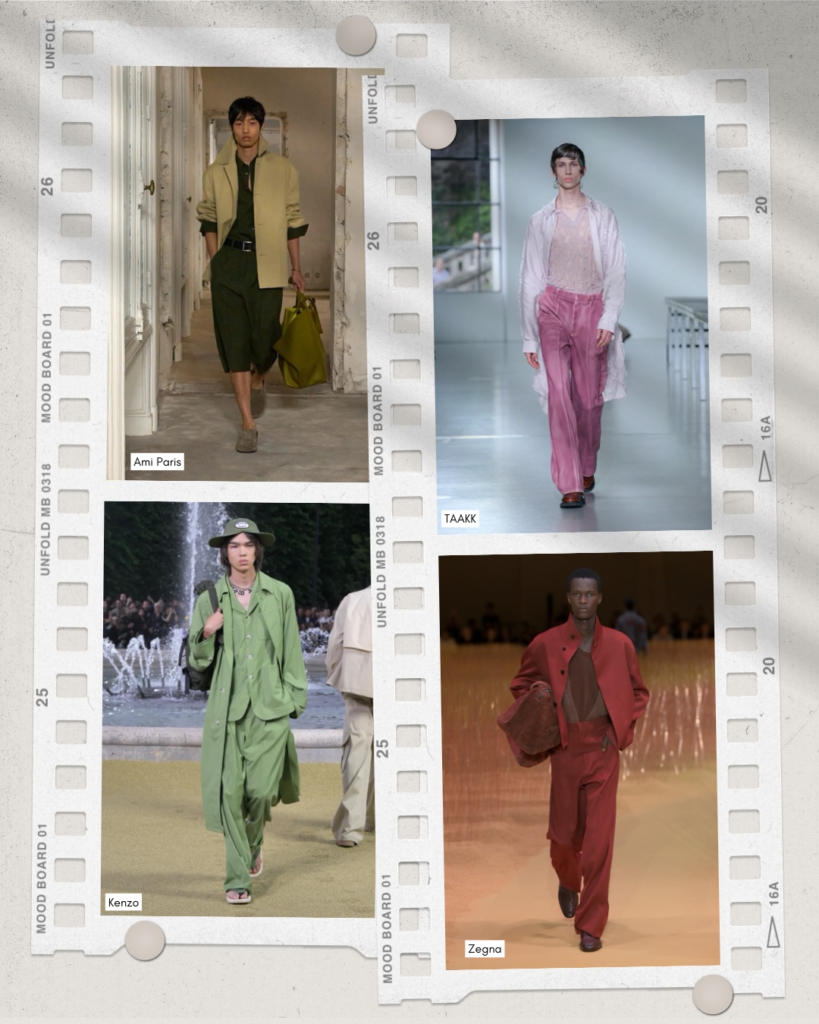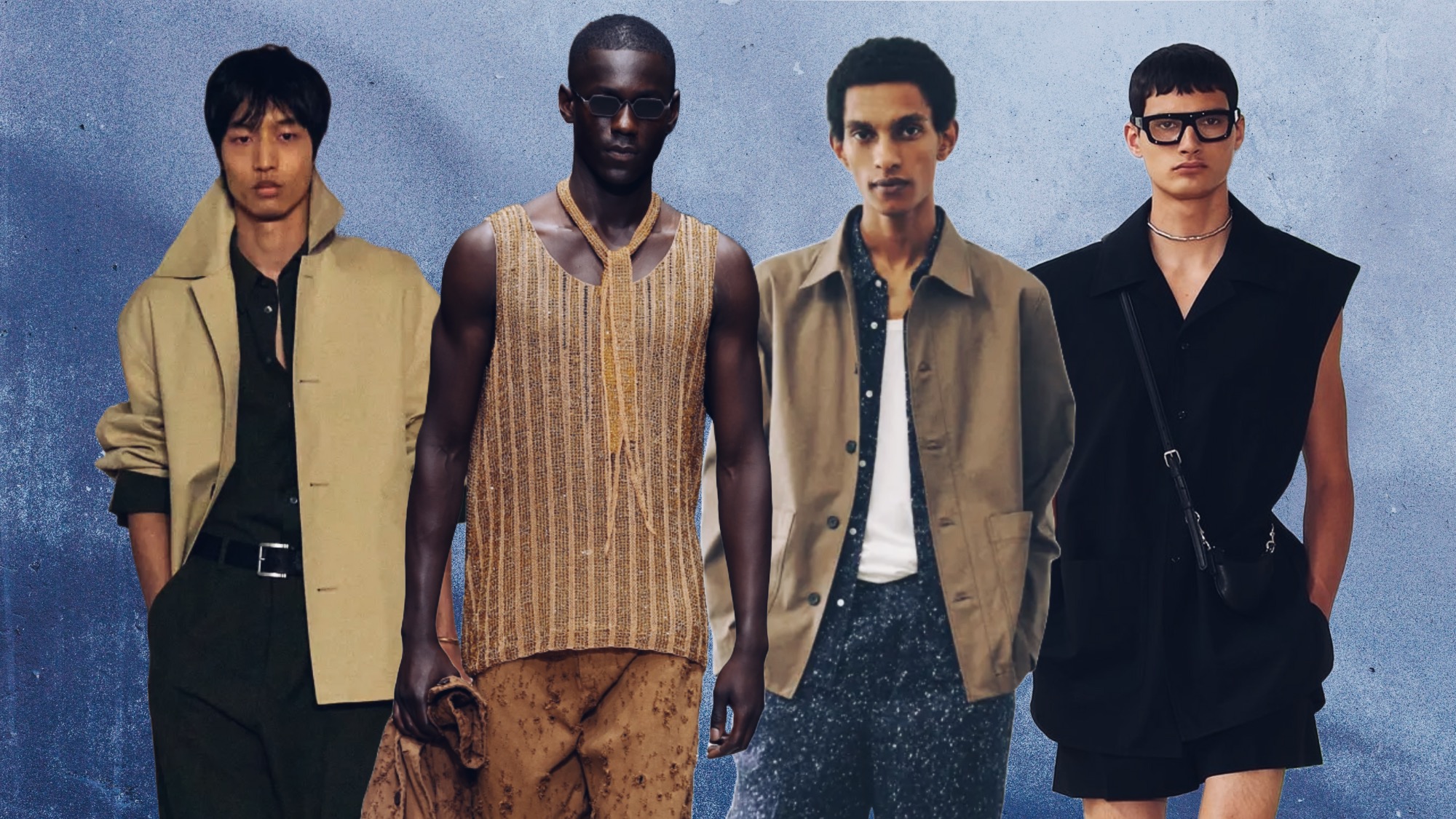“If everything is good, then nothing is great,” Malique Morris said last September on The Business of Fashion’s The Debrief podcast. “So, if everyone can dress well, then no one is actually cool.”
Morris, a reporter for BoF, was referring to the homogenous nature of men’s fashion and how some brands have made it so easy for consumers to understand how to buy and wear their clothing. But could this be by design?
Think about it!
The COVID-19 pandemic shattered so many people’s desire to dress well. I, too, got used to slipping into my joggers, and not giving a good goddamn. But last year, that all changed. My interest in clothing returned and the data shows this to be true across the country. In 2022, monthly retail sales in the fashion & accessories category began to match and surpass what we saw pre-pandemic. People are spending again and fashion brands want their money.
It’s no wonder menswear brands have leaned even harder into the ‘starter kit’ approach. Masculinity is evolving and men at large are beginning to ditch that ‘caring about clothes is a girly thing’ mentality. They’re building a shopping muscle so it makes sense to give them highly accessible options that still move them forward.
Alas, Morris’ point about homogeneity rings true in what was shown for both Spring/Summer and Pre-Fall 2025 collections. Nothing is new (although I no longer believe we will see anything ‘new’ in the traditional sense) but a lot of it is still damn good. I’ll take that as a win.
With that, here are 3 menswear trends we’ll (happily) revisit in 2025.
Hoochie daddy shorts (again).

Throughout the 70s, men’s balls were at risk of plopping out because of how short their shorts were. In 2021, Milo Ventimiglia launched 1 million erections (lady boners included) when he was snapped wearing scrotum-level shorts after a workout. Last summer, GQ called out men wearing slutty shorts. Hell, even I’ve adopted the sun’s-in-the-sky-look-at-my-thighs mentality. And you better believe I’m glad fashion is continuing its obsession with 3″ – 4″ inseams.
90% of the looks in Gucci’s S/S 25 menswear collection included hoochie daddy shorts. I’m not exaggerating either. There were only 5 pairs of pants seen. Wales Bonner showcased briefs with drawstrings while Neil Barrett opted for a double-tiered hem. However, the winner goes to Ami for a collection comprised of pieces that were both sexy and incredibly wearable.
Slouchy, textured trousers.

The voluminous pant has been an obsession of mine ever since I worked at Calvin Klein on their global marketing team during the Raf Simons era. The brand itself didn’t have any wide-leg trousers, though. A few women in the publicity department made this particular style of pant a part of their uniform—I distinctly remember one pair being Gucci—and I couldn’t help but be in awe of them.
These pants were either black or navy which serve a purpose but there was an eye-catching use of texture for Spring. Officine Générale takes inspiration from terrazzo prints and nails the ‘hard-to-define nonchalance’ of a stylish Parisian with their navy blue trouser. Fendi plays it safe with a murky blue seersucker option but, considering how light and breathable the fabric is, they could easily be someone’s go-to pant all season long.
Moschino and Emporio Armani were the true standouts. The former stuns with a baby blue fabric peppered with white buttons, the overall effect that of dobby dots. And it might be because I’ve been consuming post-apocalyptic content lately but Emporio Armani’s cigarette-burnt pant makes me want to go full Mad Max.
Monochromatic fits.

New Yorkers have long owned the ‘all black’ monochromatic look. The rationale? Because it’s easy…right? I beg to differ. There can be dynamic cohesion when dressing in a singular color, especially when incorporating different tones, but this doesn’t guarantee a successful look. Many brands took the safe route with tons of black, gray, or navy fits. This only emphasizes to Morris’ statement around the lack of individuality (or creativity) rippling through menswear.
Ralph Lauren is by far the most tame brand in this section but still comes through in a pinch with their classic, preppy American aesthetic. Kenzo and Zegna, on the other hand, injected more ambitious colors with dusty greens and deep reds respectively. Even still, it was Ami and TAAKK who fully understood the assignment. While their looks could be considered color blocking, all one has to do is zoom in to see they’ve really explored the spectrum of a chosen base hue.
Homogenous, Morris says? He’s not wrong. But maybe this isn’t the worst thing that could happen. Maybe we could see this as a tipping point in the world of men’s fashion. Lest we forget, historians have pegged 90s fashion as a return to minimalism, the 00s as a global mashup. Menswear trends could easily be heading in that direction again. That would make sense seeing as the other side of this coin is heterogeneity.

